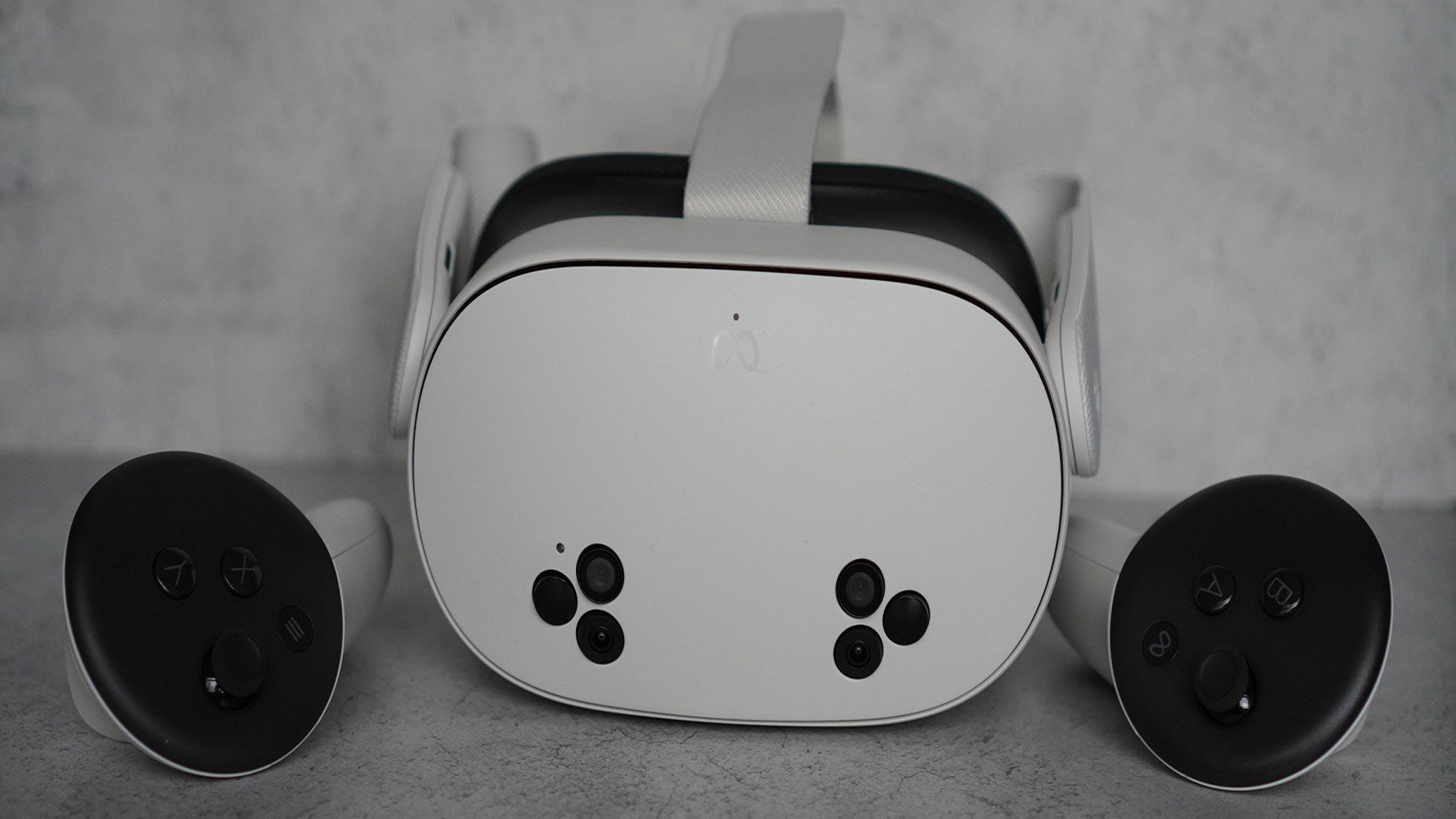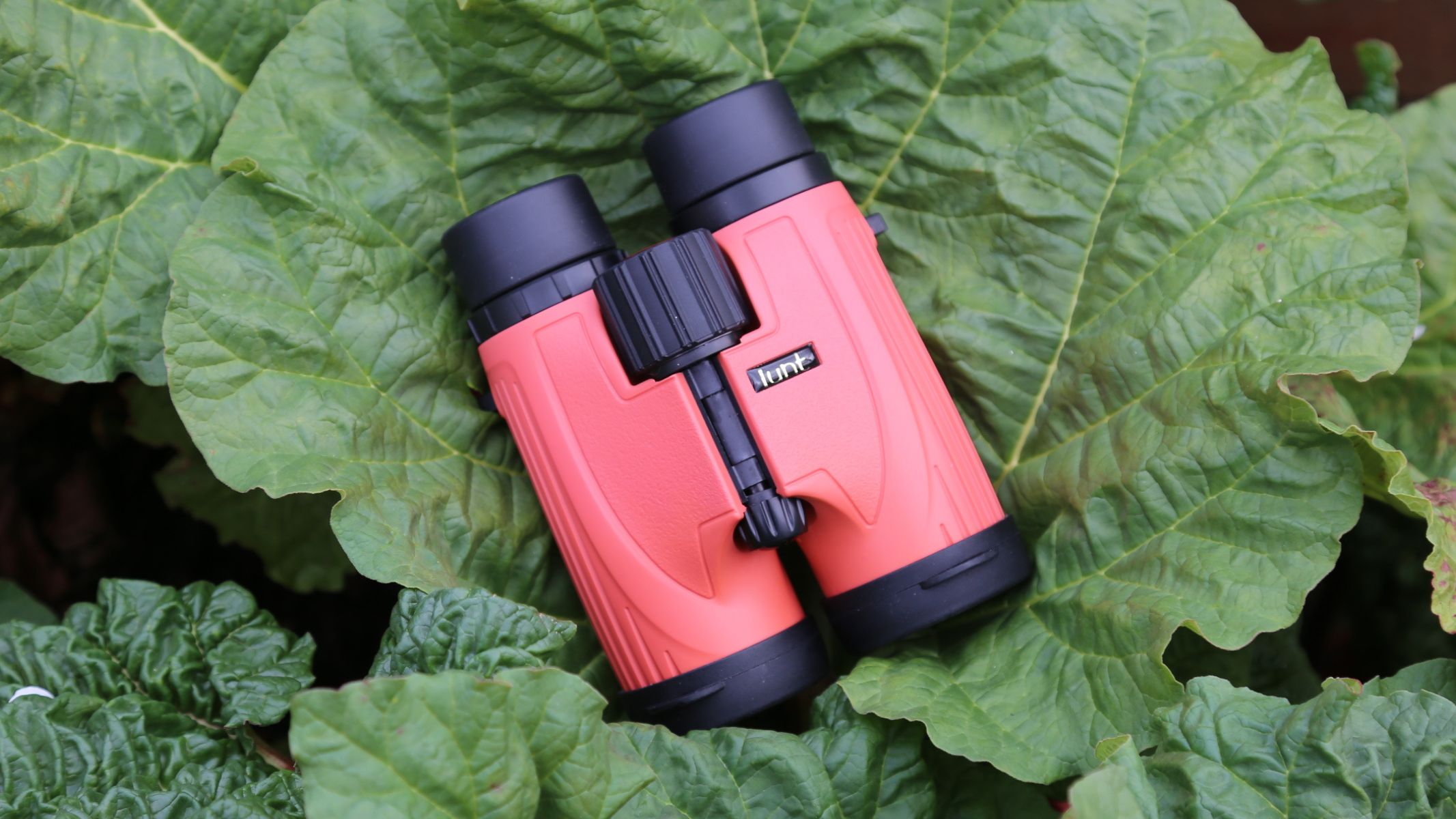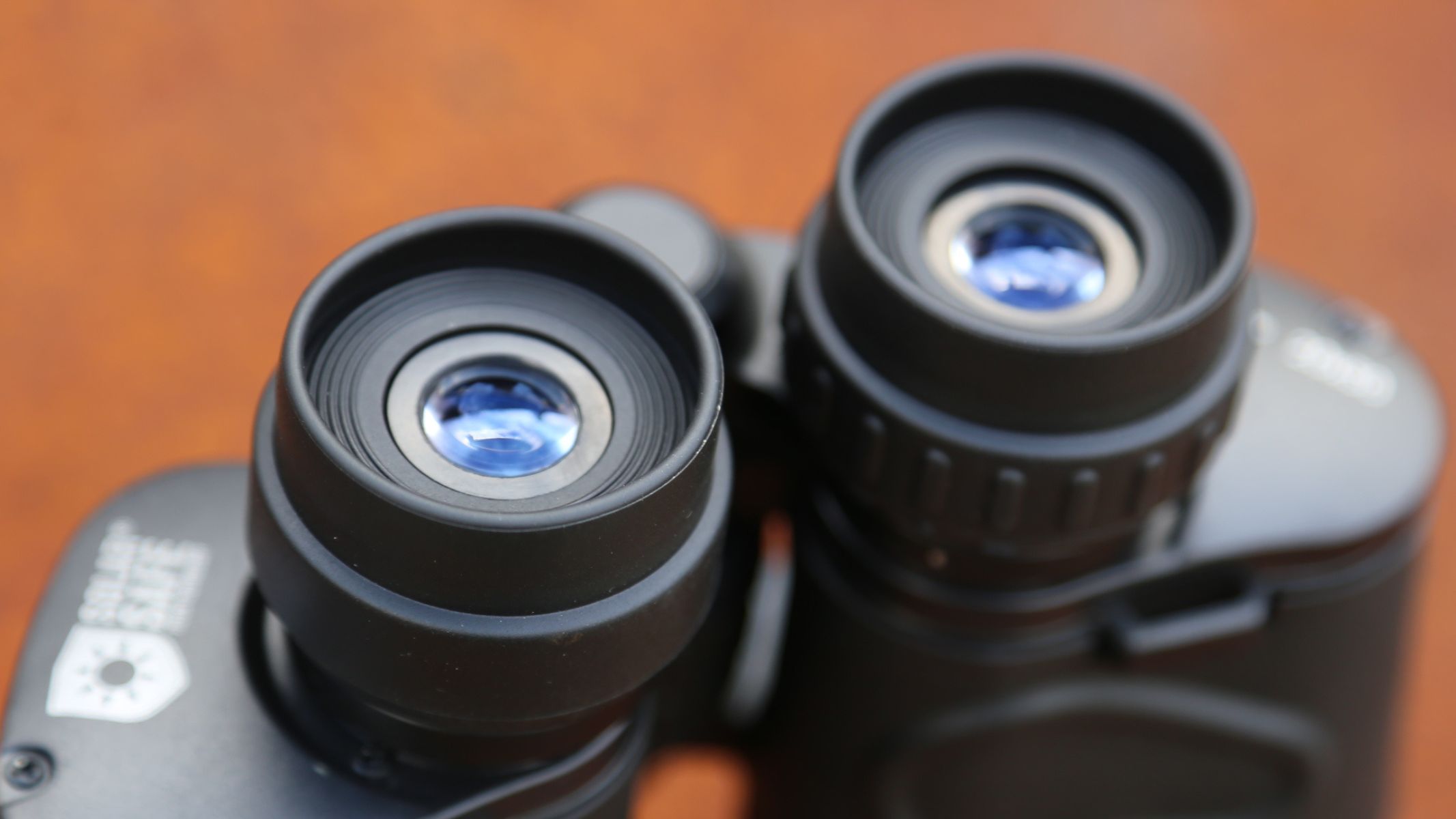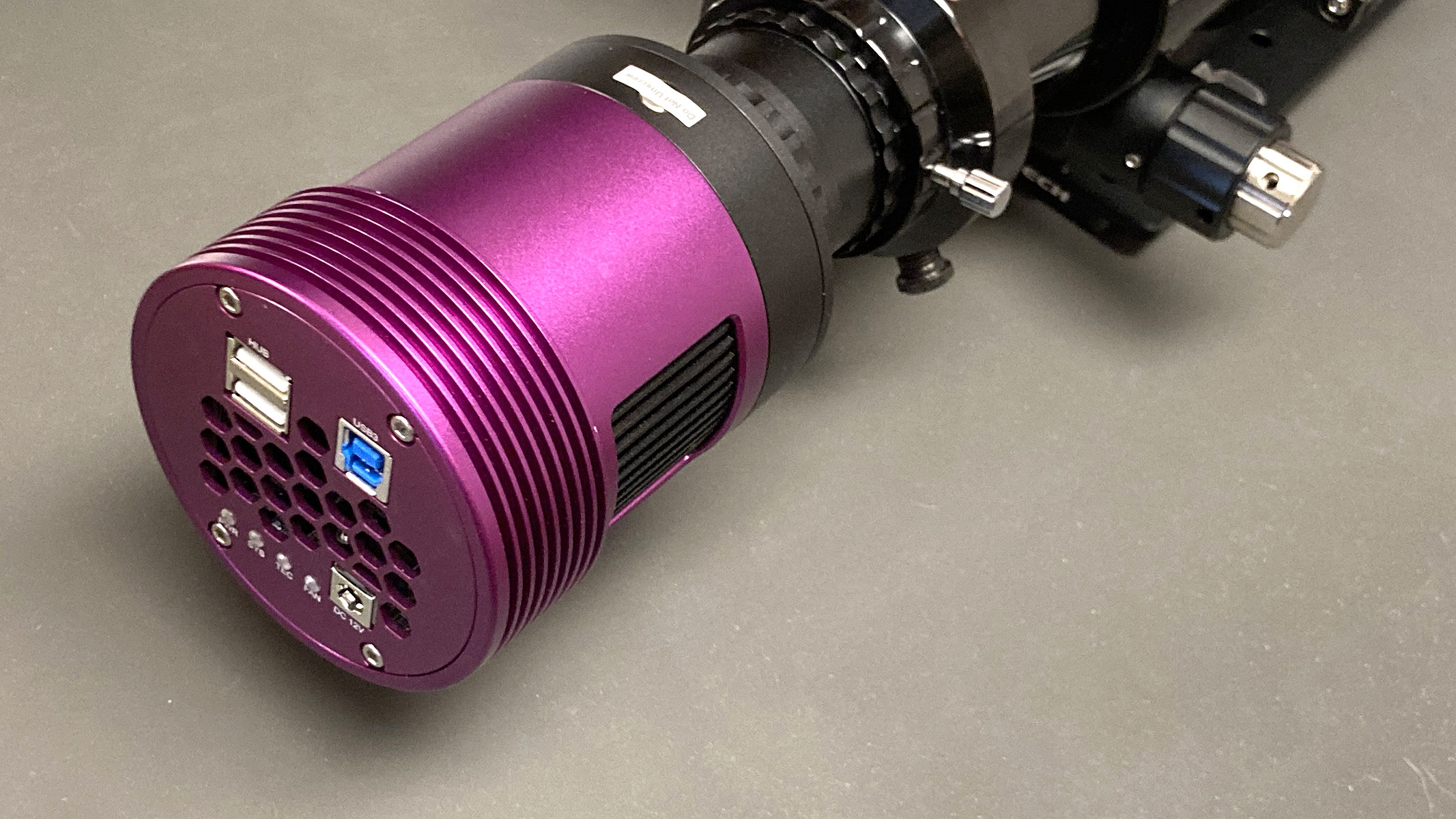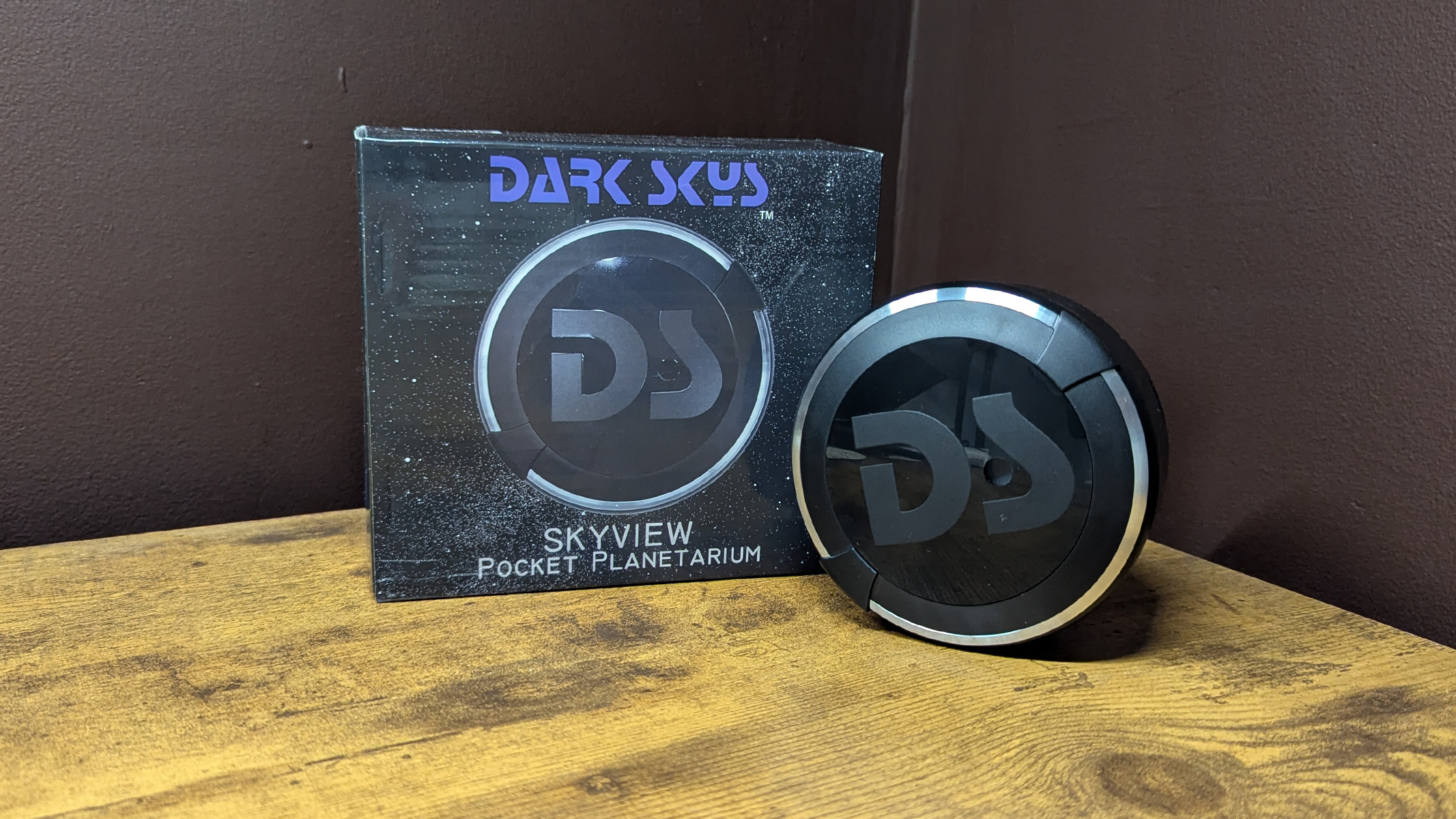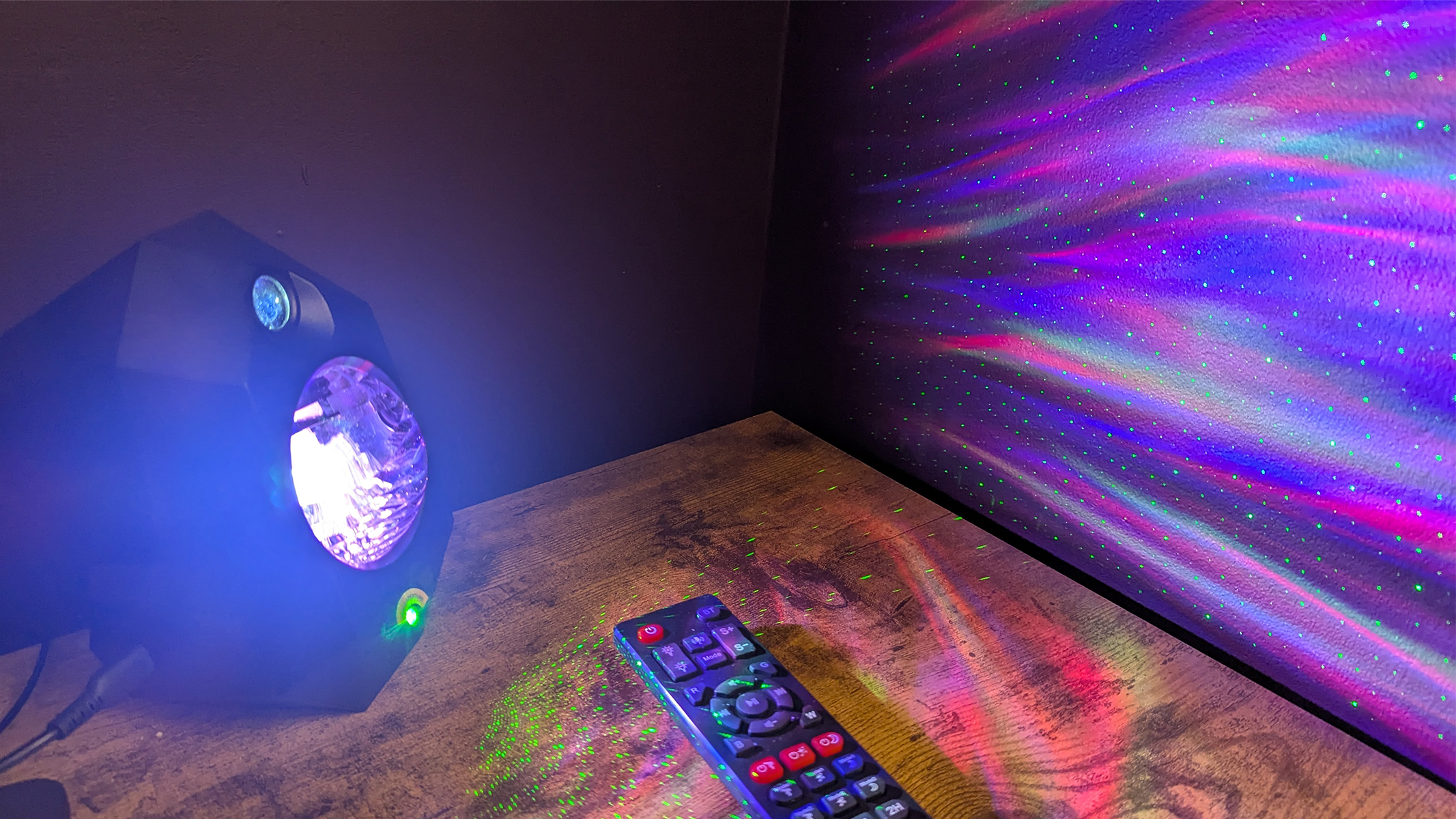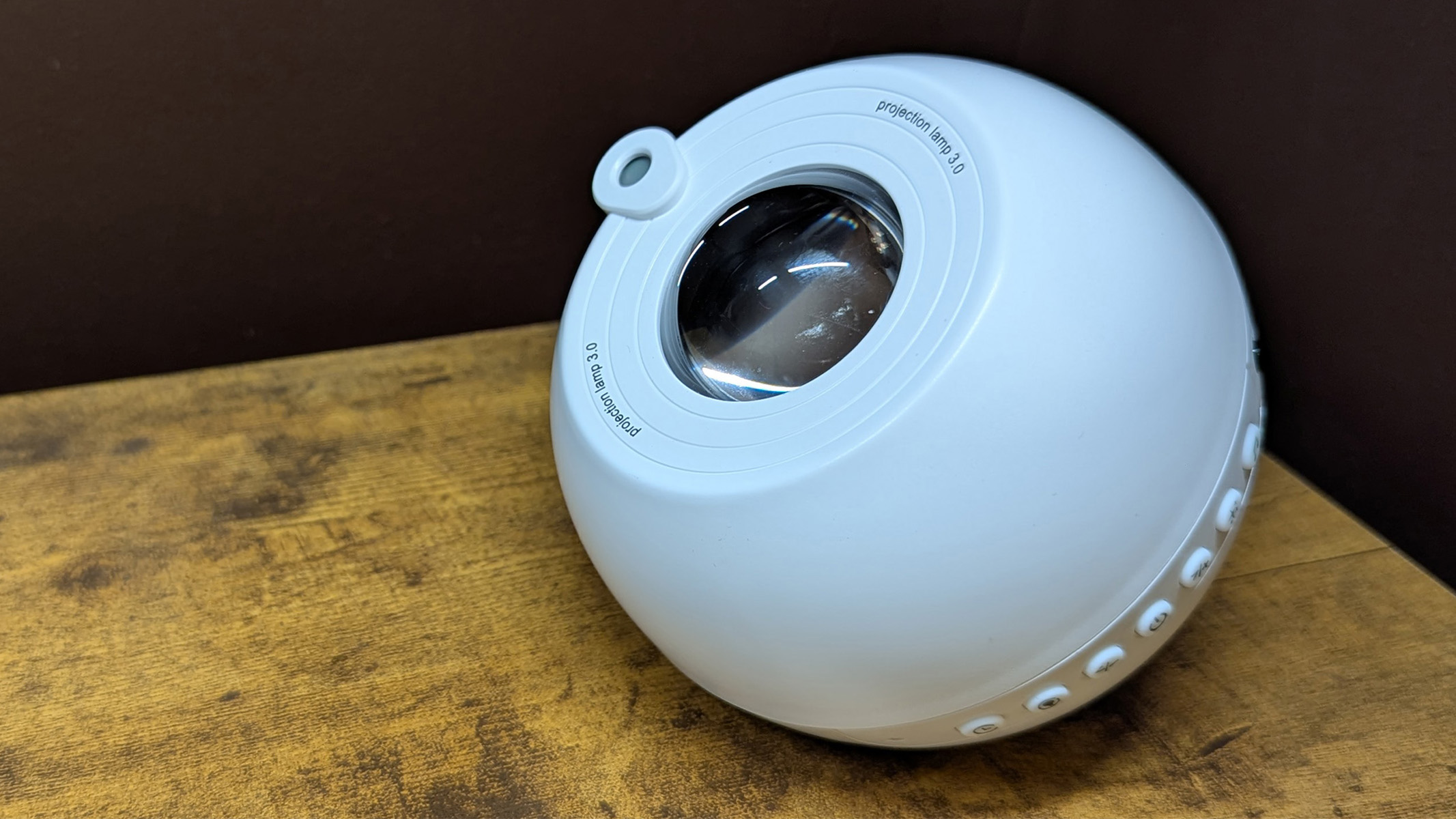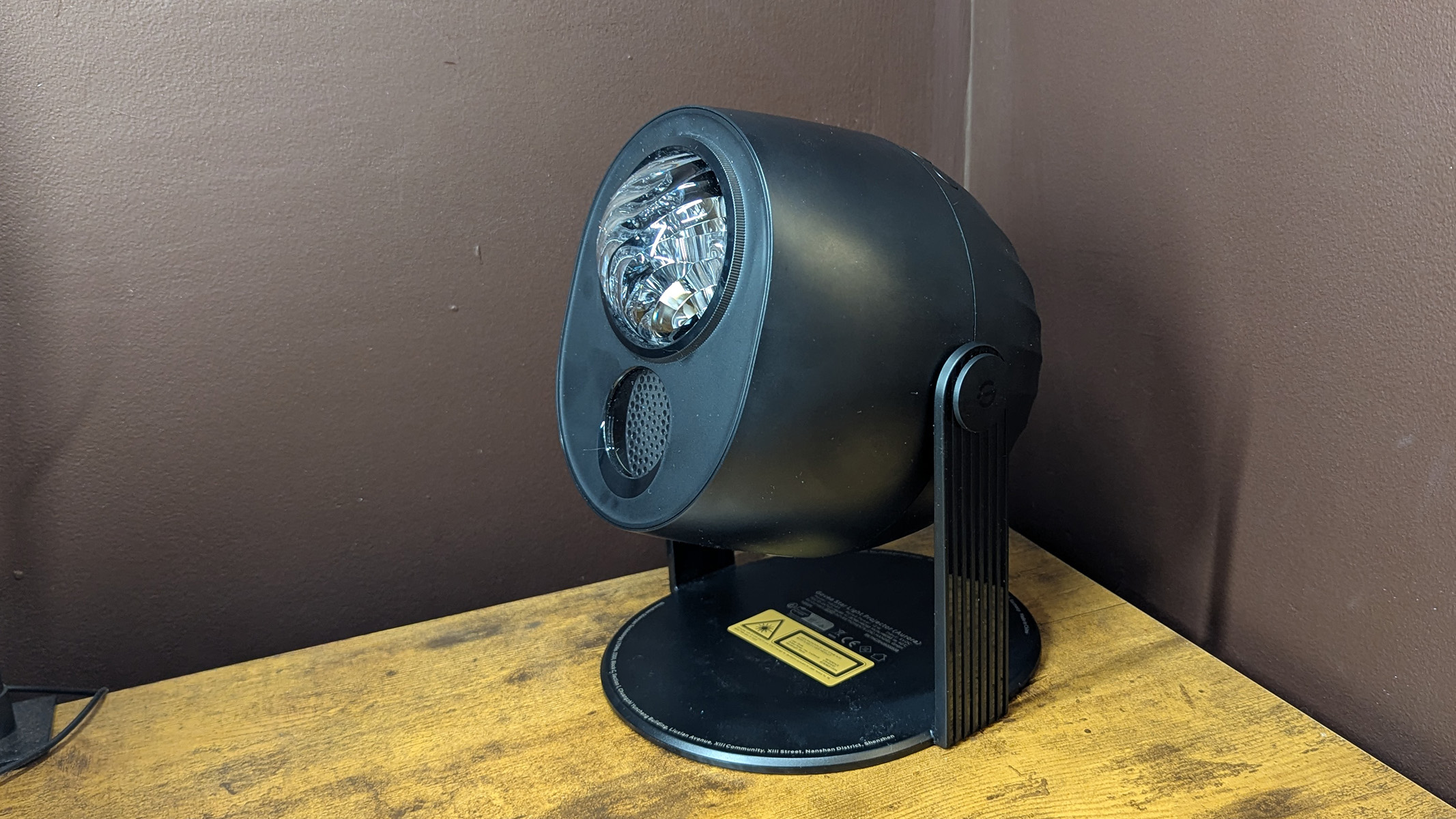Space Verdict
The Meta Quest 3S came onto the market a year after the Quest 3, offering a cheaper way to enter the Meta VR ecosystem. Considering this headset can save you $200 while still offering the same processing power, it's a very tempting prospect indeed — one that's very hard to find fault with.
Pros
- +
Up to $200 cheaper than the Meta Quest 3
- +
Has an identical processor and RAM as the Quest 3
- +
Comfortable and easy to use
Cons
- -
Same resolution as the Quest 2
- -
More premium options available
- -
Quest 3 is better overall
Why you can trust Space.com
Released last October, the Meta Quest 3S isn't a successor to the Meta Quest 3. It's not even an upgrade: This VR headset exists as a cheaper, more entry-level model in the Meta headset range. With the Quest 2 now gone from store shelves, this is the most affordable way to enter the world of virtual reality — and with many of the features of its bigger sibling present, it's a very tempting prospect indeed.
The Quest 3, which we reviewed back in October 2023, is undoubtedly a more premium experience, but the Quest 3S isn't too far behind. It sports a slightly different look, and on paper, its specs aren't quite as good. But in practice, it's hard to tell the difference too much, particularly if you're new to the format.
The cheapest version of the Meta Quest 3S comes in at $200 less than the Meta Quest 3 — almost half the price. That's a seriously significant saving, and considering how much punch this headset packs, you've got to ask yourself: Is it worth paying the extra at all?
Read on to find out why we think the Meta Quest 3S is one of the best VR headsets you can buy, and whether or not it's a better prospect than the Meta Quest 3. Spoilers: It might just be.
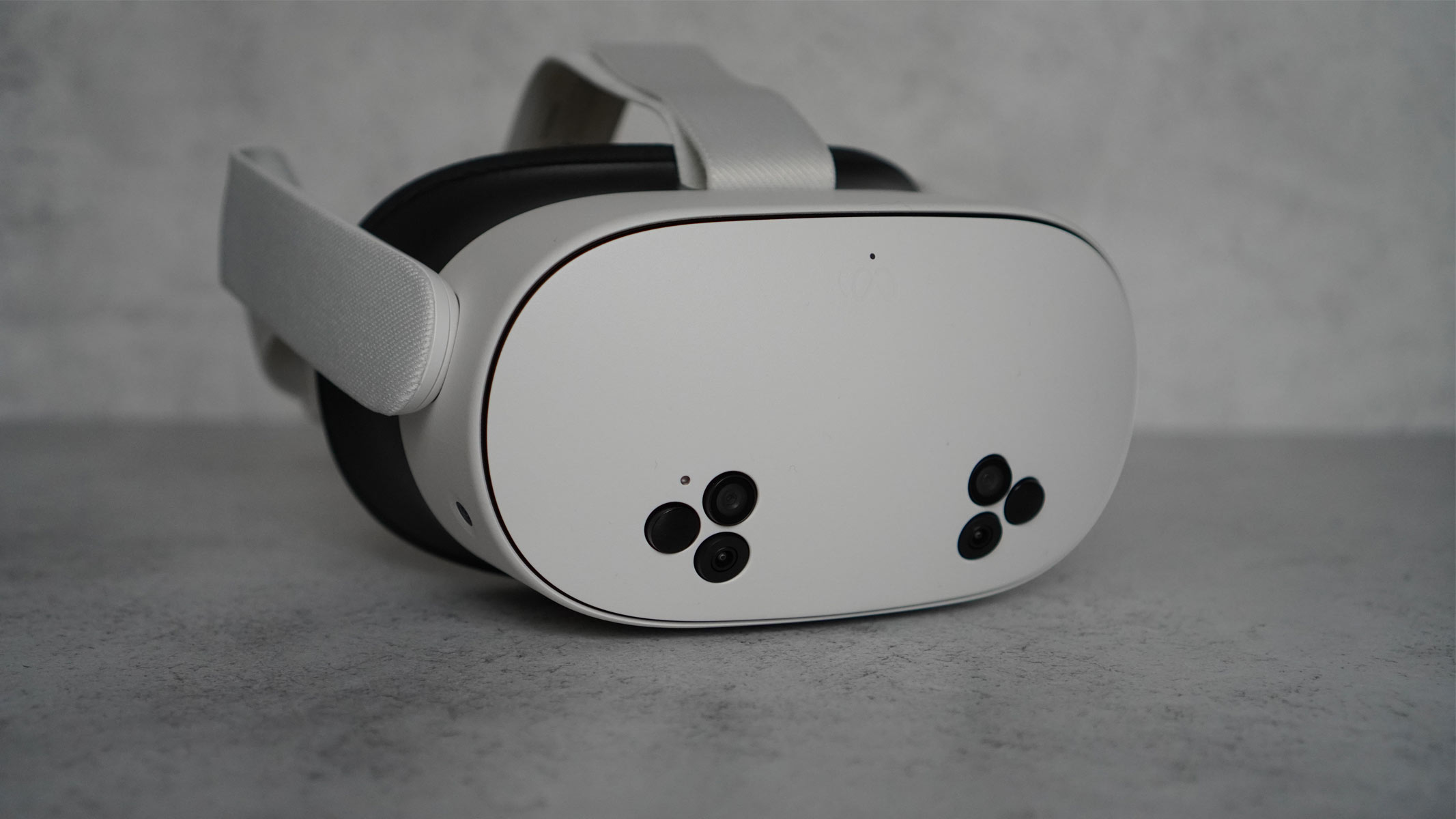
Meta Quest 3S review: Design
- Adjustable lenses for comfort
- More but smaller sensors
- Same controllers as the Quest 3
In terms of its looks, the Meta Quest 3S sits somewhere between the Quest 2 and the Quest 3. It's roughly 20% smaller than the Quest 2, although a little larger and more protruding than the Quest 3. Rather than the Quest 3's three large sensors on the front, the Quest 3S has two arrays of three smaller sensors, giving it a slightly different (and slightly quirkier) appearance.
It's very comfortable to wear, and it's easy to get the headset in the ideal position on your face thanks to easily adjustable straps. If you wear glasses, there's an included glasses spacer that can be fitted onto the headset, although I don't need to use it: the headset fits fine over my glasses without. It's nice that it's included in the box, though: in the past, it's something that had to be bought separately. It's worth noting that the Quest 3 doesn't require a spacer, as its lenses can be moved back and forth to adjust for comfort.
The controllers are wonderful and very ergonomic, fitting perfectly in your hands. They're intuitive to use even if you’ve never picked them up before, and being the same as the Quest 3 — and similar to the Quest 2 — you'll be right at home if you've used a Meta headset before.
Meta Quest 3S review: Setup and performance
- Setup is easy and done via an app
- Hand recognition feels super futuristic
- Same processor and game library as the Quest 3, but lower resolution
Setting up the Quest 3S couldn't be easier. Download the Meta Horizon app on your smartphone, choose to add a new headset, and you can pretty much manage the whole set-up process via your phone — all five minutes of it. Out of the box, your headset will have enough charge to allow you to get through the onboarding process, which generally involves downloading an update. Once it's connected to your internet, you're more or less good to go, and once the downloads have completed, you'll be introduced to the Quest 3S with a basic onboarding tutorial.
It's well worth going through the tutorial, even if you were an avid user of the Quest 2. There are new features here, or at least features that work much better, such as hand gesture recognition: Controlling menus with your fingers while your controllers are tucked away in the box feels seriously futuristic.
Once you've been familiarized with the software and user interface, you're good to go, and if you're brand new to the Meta ecosystem, you'll be recommended some apps to try out. I was led towards a short AR experience called First Encounters, which had me shooting fuzzy aliens that crash-landed in the middle of my living room. You'll be done with it in a matter of minutes, but it's seriously entertaining — and it's free.
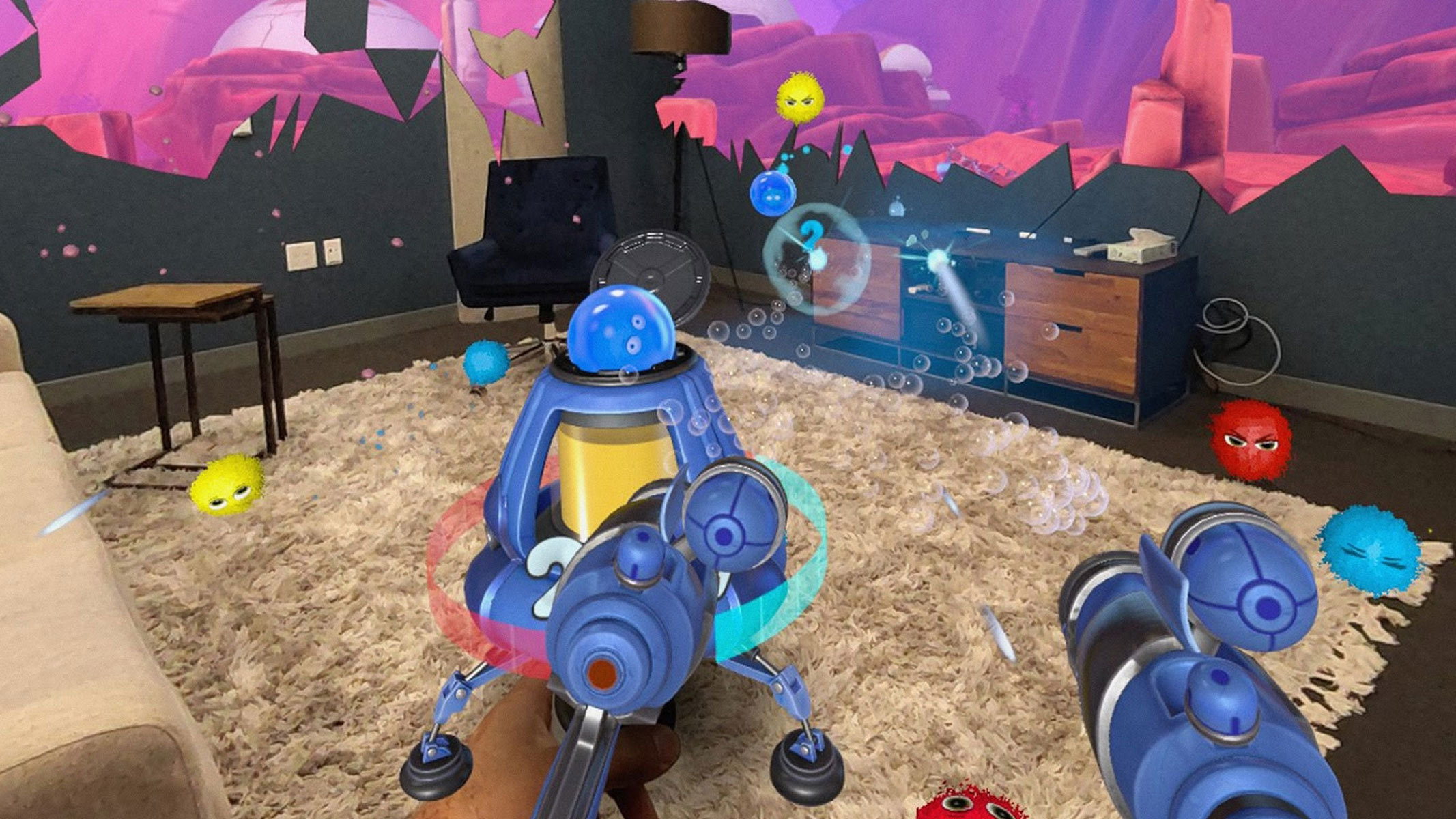
In terms of performance, it's important to remember that the Quest 3S has exactly the same processor as the Quest 3, despite its much lower price tag. That means your apps and games are going to perform the same across both devices, and both are capable of playing all Quest 3 games — including the likes of Batman: Arkham Shadow that won't run on a 2S.
Where the Quest 3S lacks is mostly in screen resolution. The Quest 3 has 2064 x 2208 pixels per eye, which equates to a higher-than-4K view. The Quest 3S is about 30% lower, just 1832 x 1920 pixels per eye, which is the same as the last-generation Quest 2.
If that alone sounds like a deal-breaker, don't be put off. Undoubtedly, the Quest 3 is sharper, but it's the only real, noticeable difference between the headsets in terms of performance. And if you've never tried a Quest 3? You'll wonder how an app could possibly look any better because the screen of the Quest 3S is beautifully sharp and clear in its own right.
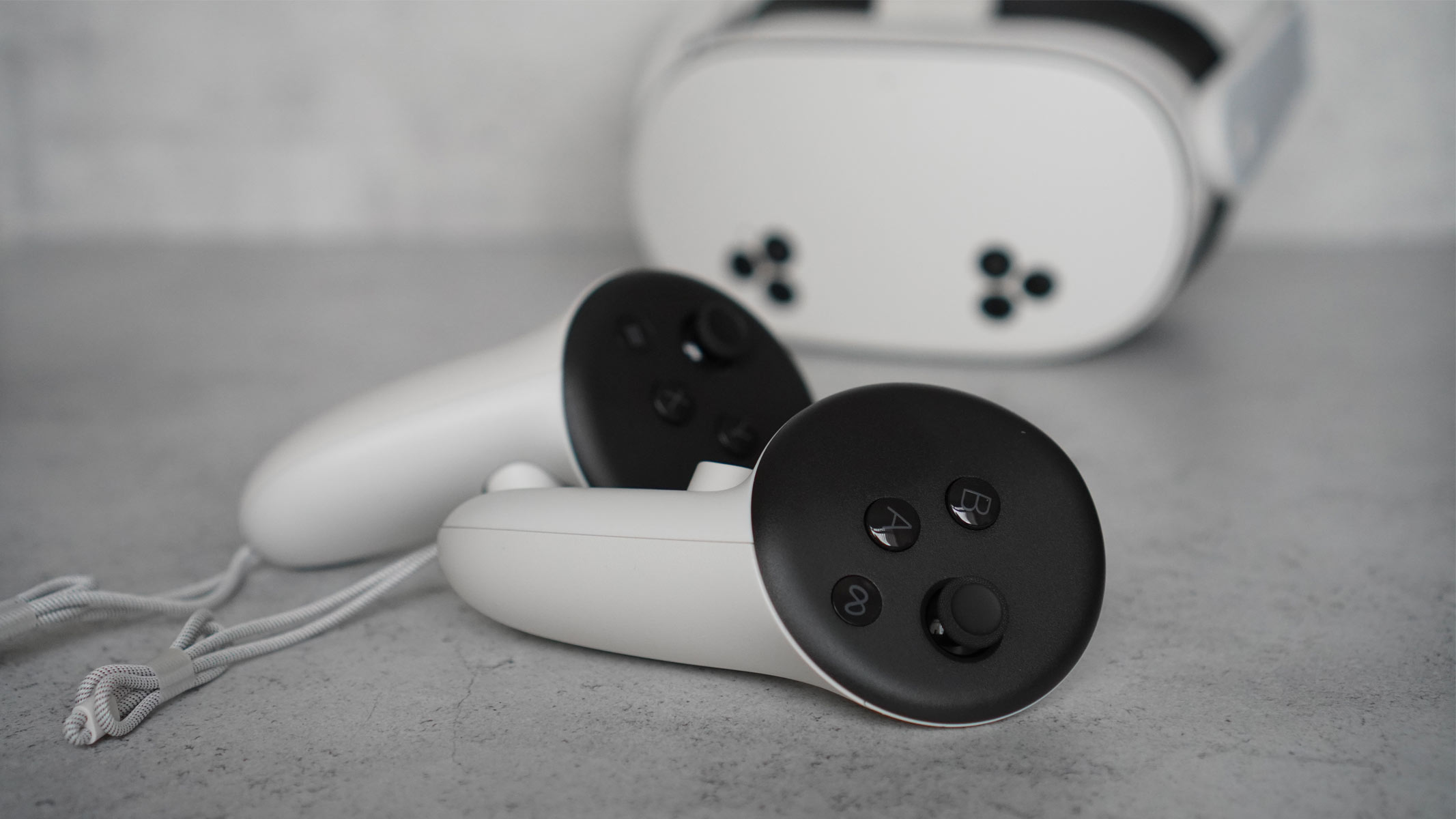
Meta Quest 3S review: Games and apps
- Access to the Quest store and Steam VR (if you have a PC)
- Access to more games and experiences than most headsets
- Games and experiences can be expensive
As far as VR storefronts go, Meta has one of the best. Compared to the likes of HTC, the lesser-known Pico or the even lesser-known Pimax standalone headsets, the Meta Quest ecosystem has the most comprehensive library of software outside of PC VR. And since the Quest 3S can be tethered to your PC to make use of your Steam VR library, the games available to you are essentially endless.
The Meta Quest store is easy to use: you can browse based on categories or curated selections or search for a specific title. I'd recommend using the app on your smartphone to browse, though, so you're not running down your headset's battery by simply looking at the store. But that's up to you. You can set things to download from the app, which I particularly like.
It's worth noting that some VR apps and games can be a little expensive, and sales don't seem to happen as often as I'd like. You will find a selection of the best VR space games here, including Rez Infinite, Thumper and a lot more. There are some fantastic educational tools, too, like Mission: ISS, which lets you explore a recreation of the International Space Station.
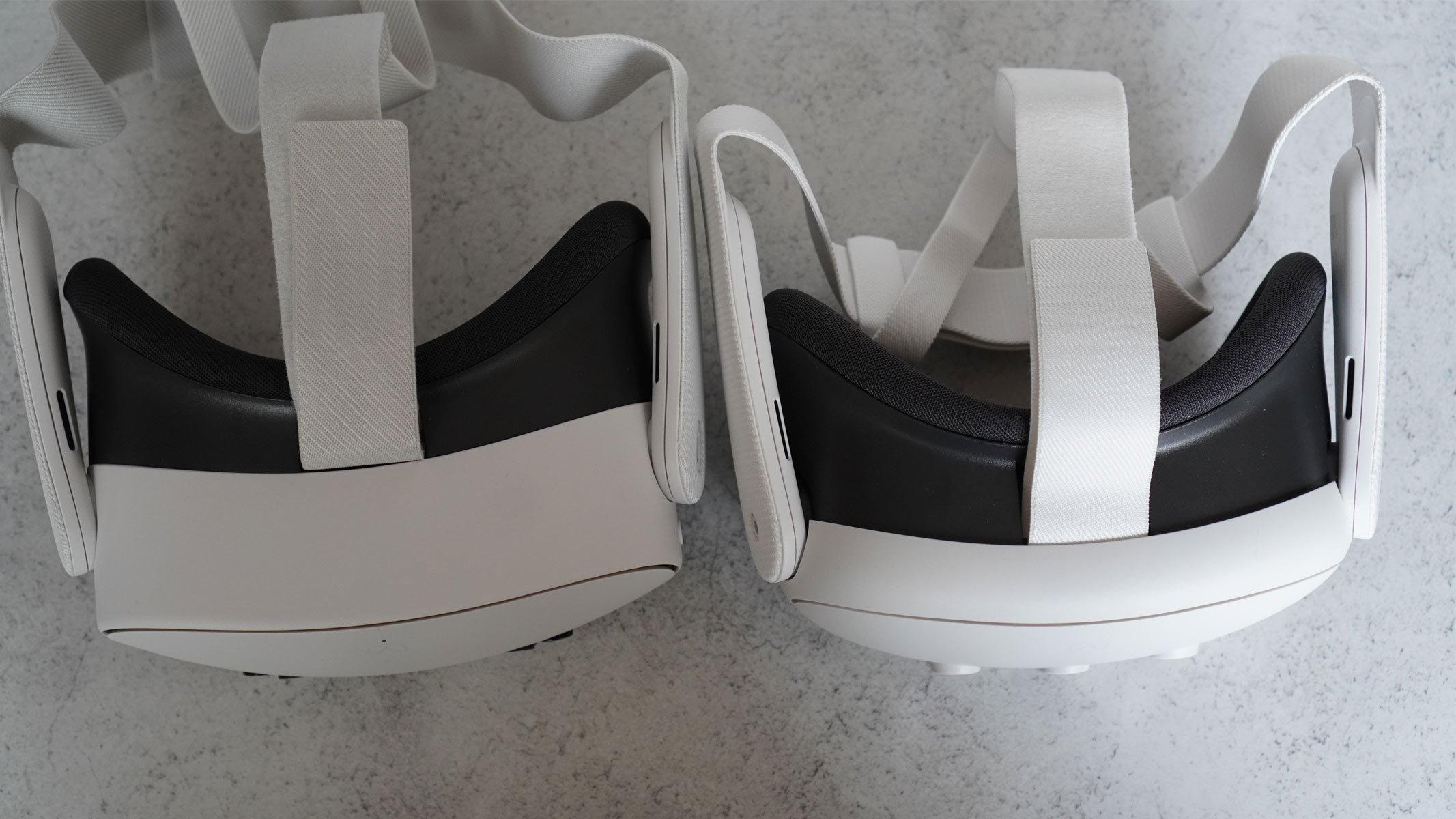
Meta Quest 3S vs Quest 3 Comparison
| Header Cell - Column 0 | Meta Quest 3 | Meta Quest 3S |
|---|---|---|
Resolution | 2064 x 2208 pixels per eye | 1832 x 1920 pixels per eye |
Refresh rate | Up to 120Hz | Up to 120Hz |
Field of view | 110 degrees | 96 degrees |
Storage | 512GB | 128GB or 256GB |
Passthrough | Full color | Full color |
RAM/memory | 8GB | 8GB |
Processor | Snapdragon XR2 Gen 2 | Snapdragon XR2 Gen 2 |
Battery life | 2.2 hours | 2.5 hours |
Meta Quest 3S review: Price
There are two different models of the Meta Quest 3S available. The cheapest comes with 128GB of storage and costs $299.99. The other comes with 256GB of storage and costs $399.99.
In comparison, the Quest 3 comes with 512GB of storage and costs $499.99. If lots of storage is important to you, then the Quest 3 makes sense. But considering most VR games are 1-2GB at most (there are exceptions, of course), you can download a lot of games even on a 128GB model before you need to worry about deleting stuff from the hard drive.
With the cheapest model costing just $299.99, the Meta Quest 3S is the most cost-effective way to enter the VR ecosystem. At that price, you're able to experience everything you can on a standard Quest 3 for 40% less. It feels like a no-brainer to me.
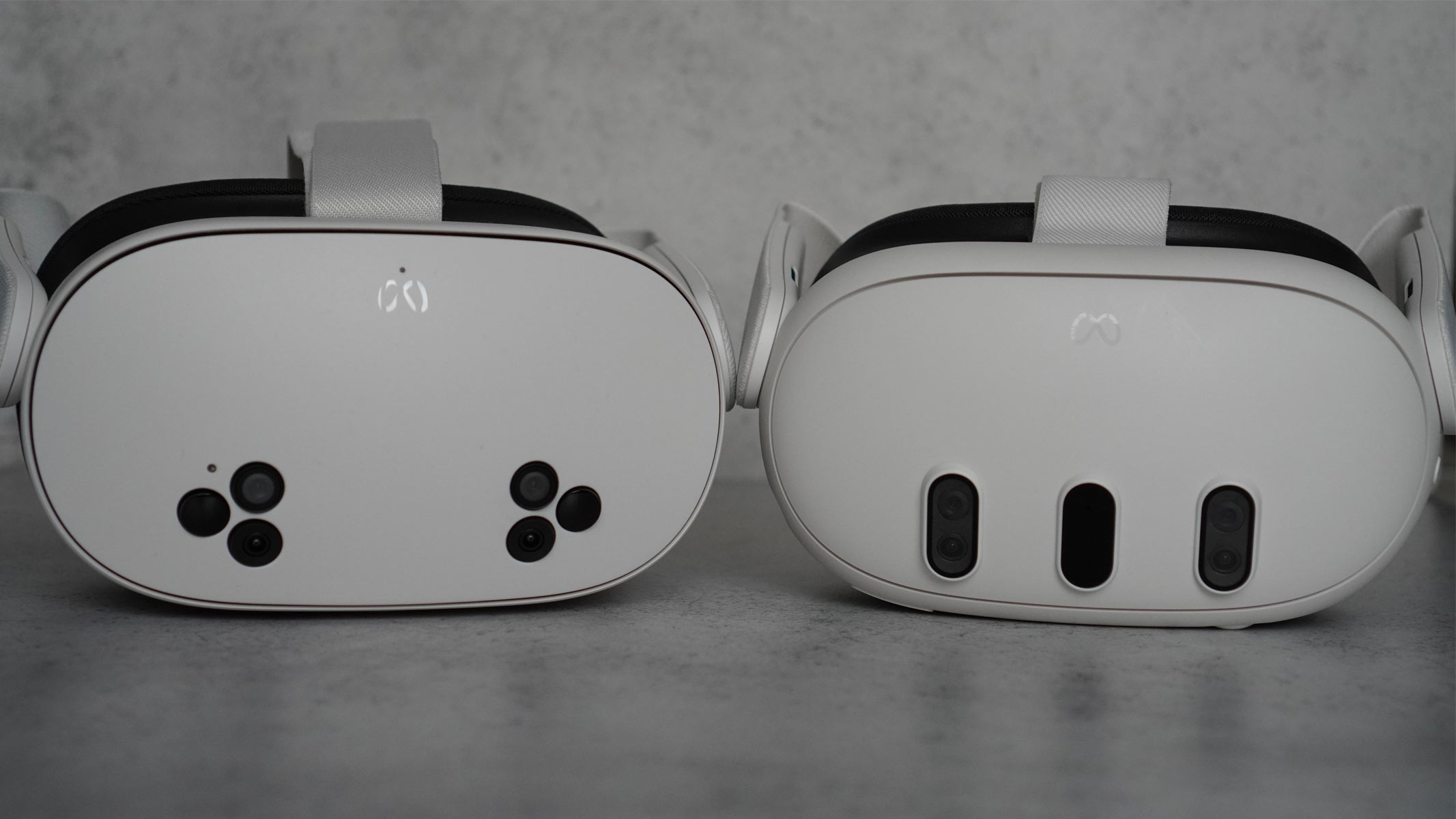
Meta Quest 3S review: Should you buy?
If you're considering trying VR for the first time, I think the Meta Quest 3S is the best place to start, without a doubt. You're getting fantastic specifications and excellent performance at a very reasonable price. You simply can't lose.
If you're moving from a Meta Quest 2, however, the Meta Quest 3S might not seem like such a great upgrade. After all, it has the same resolution, so you're not getting much in the way of extra sharpness. But its processor is twice as powerful, so your games will be able to utilize all the available pixels better without needing to upscale, and they'll perform better, too. The addition of color passthrough is a huge bonus, as it allows you to see what's happening in the outside world properly with the headset still strapped to your face.
It's only worth choosing the Quest 3 if you want the best resolution or need the maximum amount of storage. Both are fantastic headsets — after all, we called the Meta Quest 3 the overall best VR headset on the market — but given how much cheaper the Meta Quest 3S is, I think the trade-offs are definitely worth it.
If the Meta Quest 3S isn't for you…
If you want the best that the Meta platform has to offer, then it has to be the Meta Quest 3. With the Meta Quest Pro now discontinued, it's the absolute best on the market — although, as I've said in my review, the Quest 3S really isn't far behind at all.
If you've got a PlayStation 5, you might also consider the PSVR 2. You'll need to be tethered to your console to use it, but with the power of the PS5 behind it, it's much more powerful than a Quest and allows for some seriously impressive game experiences.
If you're more of a PC user, there are several different headsets to choose from, but one of our favorites is the HTC Vive Pro 2. It's on the pricey side, but its performance is fantastic.
Join our Space Forums to keep talking space on the latest missions, night sky and more! And if you have a news tip, correction or comment, let us know at: community@space.com.

Kim is a Yorkshire-based freelance writer who focuses on Lego and video game-related content. She's the co-creator of GameSpew.com and ThatBrickSite.com, where you'll find most of her work. If she's not building with plastic bricks, playing a video game, or writing about doing either of those things, you should probably check she's still breathing. You can find her on Twitter at @ichangedmyname.
You must confirm your public display name before commenting
Please logout and then login again, you will then be prompted to enter your display name.
